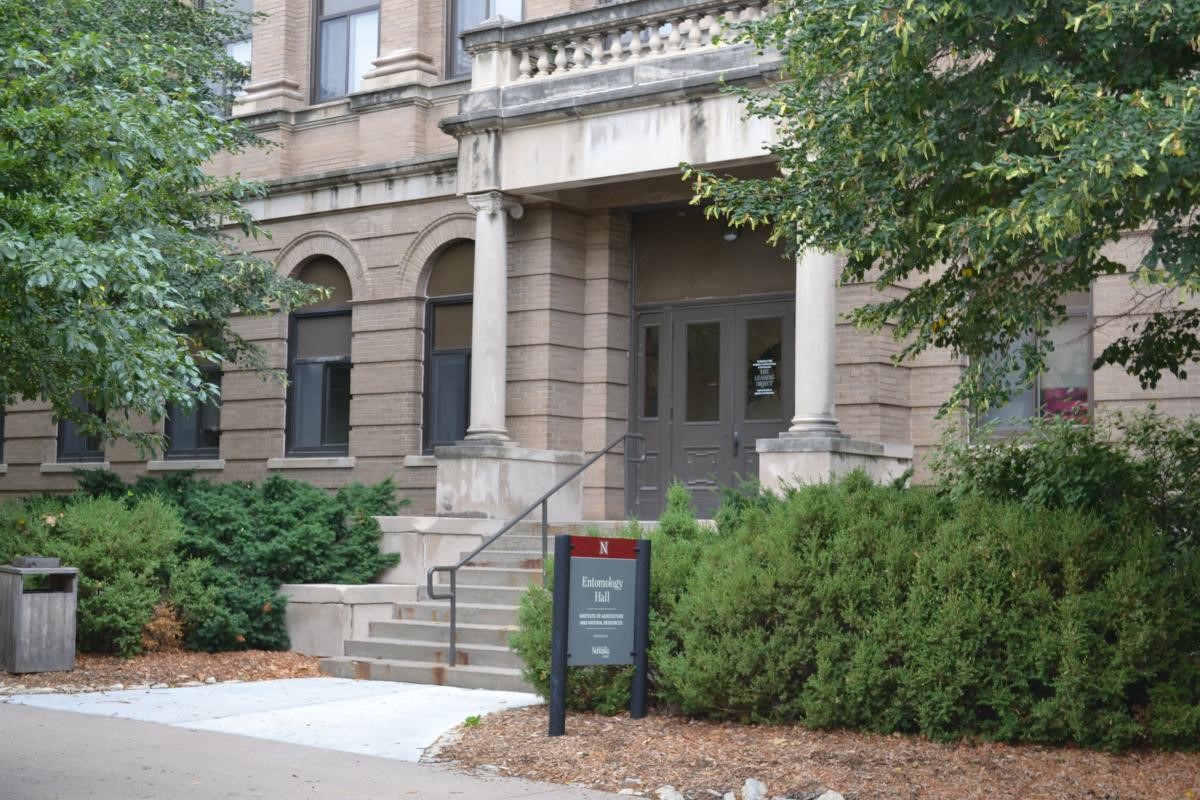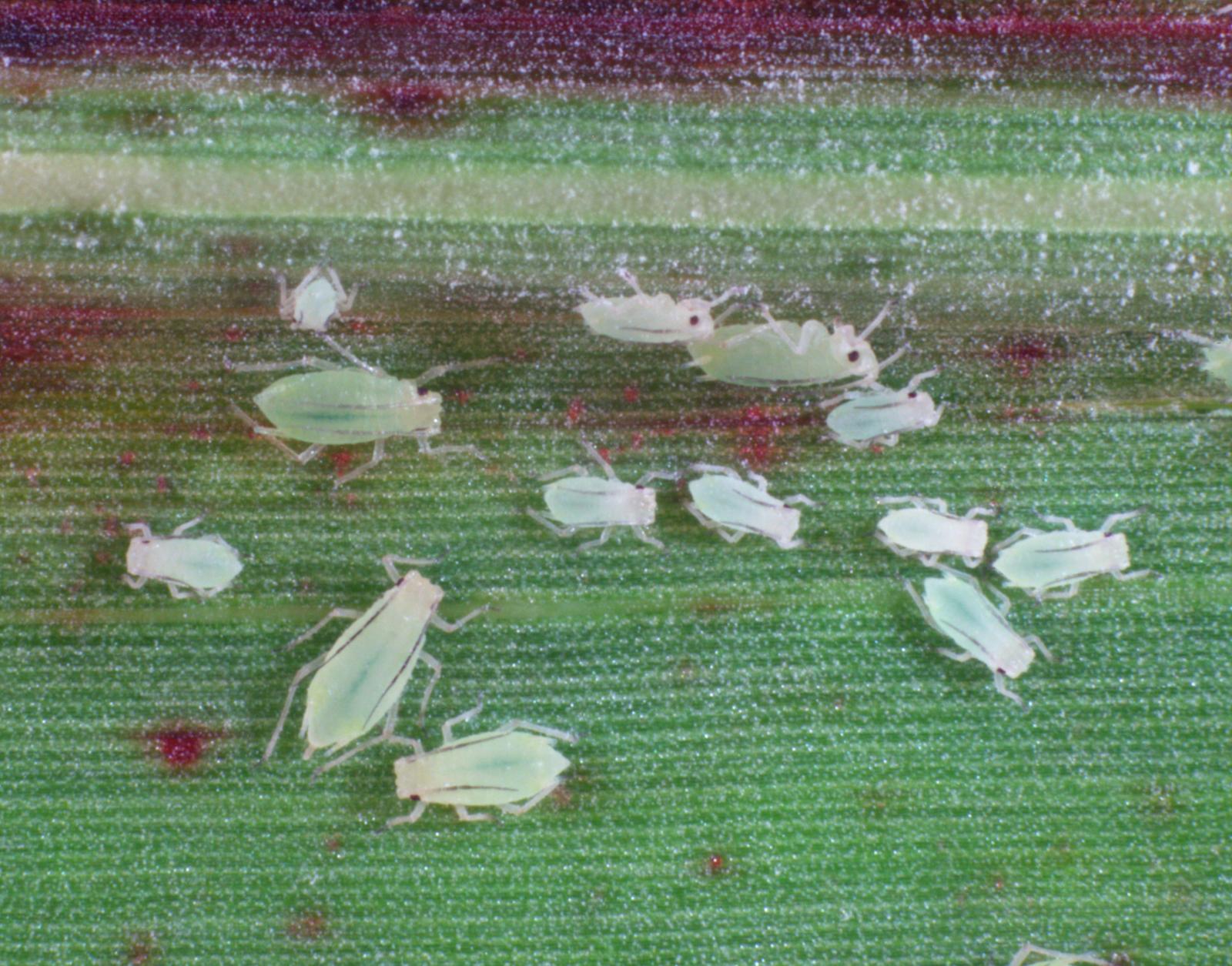Welcome to the Molecular Plant-Insect Interactions Laboratory at the University of Nebraska-Lincoln (UNL)! Our research focus is on identifying the key components/genes/signaling mechanisms that are involved in modulating plant defenses upon insect herbivory and to understand the mechanisms by which insect salivary proteins/effectors alter the plant defense responses.
The Molecular Plant-Insects Interactions Lab is led by Dr. Joe Louis, Eberhard Professor of Agricultural Entomology at the University of Nebraska-Lincoln. The lab is located at 309 Entomology Hall, 1700 East Campus Mall, University of Nebraska-Lincoln, Lincoln, NE 68583-0816 (East Campus). Dr. Louis may be reached by email at joelouis@unl.edu or by phone at: (402) 472-8098.
It's really important for us to know how aphids affect sorghum because sorghum is one of the top five cereal crops in the world. Improving the yield will help us better feed the world.

